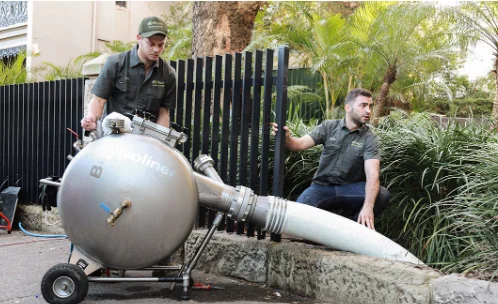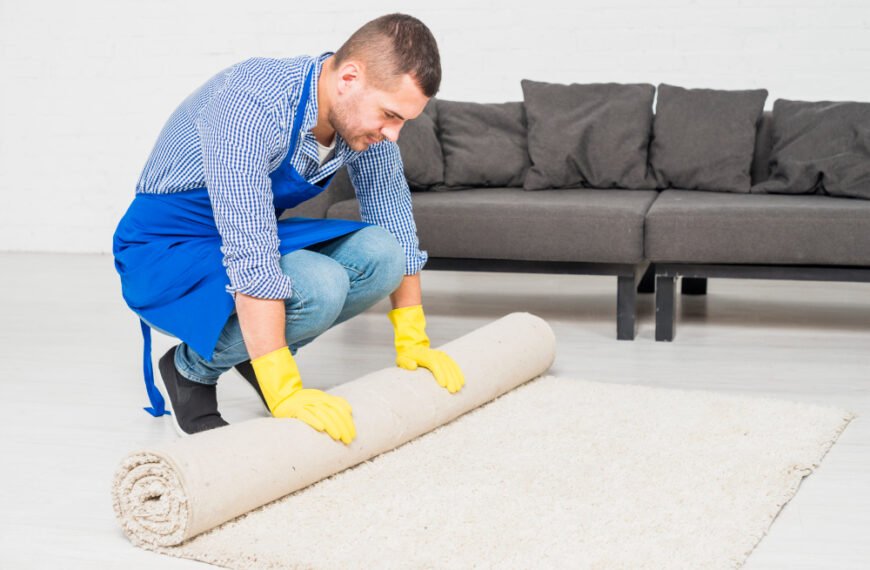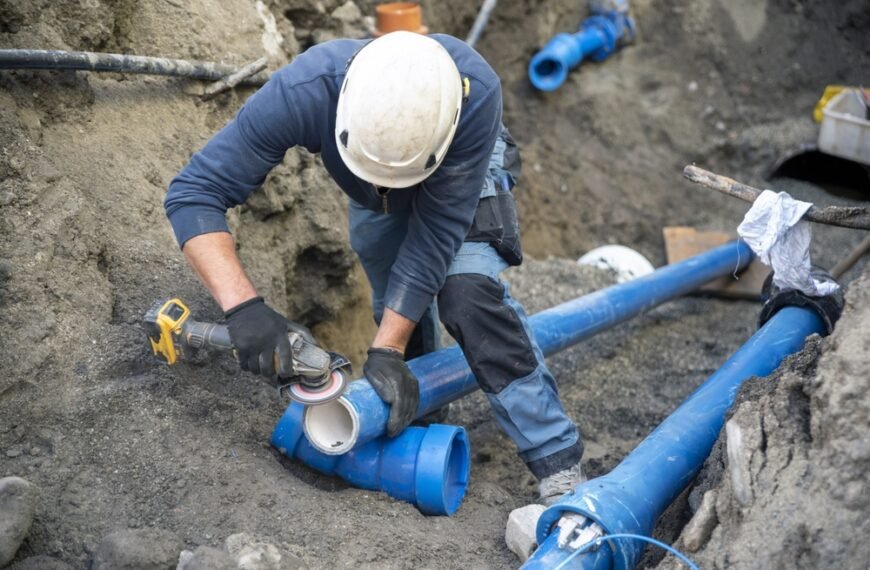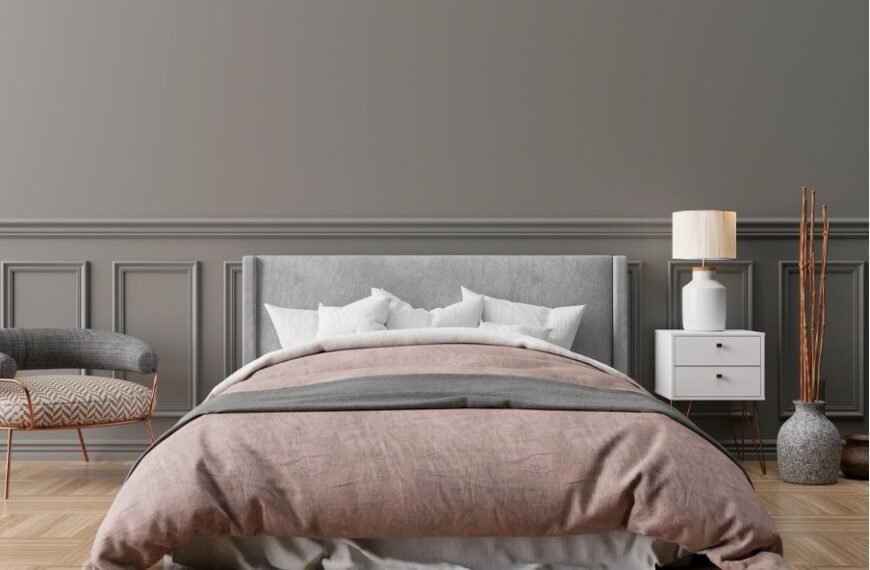When it comes to repairing underground pipes, many homeowners and property managers are turning to smarter, cleaner, and more efficient solutions. One such solution is pipe relining, a modern method that eliminates the need for extensive excavation, messy digging, and costly disruption. This technique is revolutionizing how plumbing systems are restored, offering a minimally invasive way to repair damaged or aging pipes.
A Revolutionary Shift in Pipe Repair
Traditional pipe replacement often involves tearing up lawns, breaking concrete, and incurring significant labor and restoration costs. With modern pipe relining, that’s all changing. Instead of removing the damaged pipe, this method involves inserting a specially designed resin liner into the existing pipe structure. The liner is then inflated and cured in place, effectively creating a new pipe within the old one. This trenchless approach is not only faster but also more durable, offering long-term peace of mind without the traditional hassle.
Benefits that Go Below the Surface
Let’s explore the key advantages of choosing pipe relining over conventional pipe replacement:
1. Minimal Disruption to Property
Because pipe relining is a trenchless method, it doesn’t require major excavation. Your gardens, driveways, or interior floors remain largely untouched. Whether it’s a residential property or a commercial site, this benefit alone makes relining a preferred choice for many.
2. Cost-Effective Over Time
While the upfront cost of pipe relining might seem comparable to traditional methods, the long-term savings are significant. There’s no need to pay for re-landscaping, concrete re-pouring, or extended labor hours. Plus, the improved durability of the new lining reduces the risk of future repairs.
3. Fast Turnaround
What once took days or even weeks can now be completed in a fraction of the time. In many cases, pipe relining projects are finished within a single day. This is especially valuable for businesses or apartment complexes where plumbing downtime can disrupt daily operations.
4. Long-Lasting Results
The materials used in pipe relining—usually a combination of epoxy resins—are designed to last for decades. Once cured, the new pipe structure is resistant to corrosion, root intrusion, and common types of pipe damage, extending the life of your plumbing system by 50 years or more.
5. Environmentally Friendly
With less excavation comes less waste. Pipe relining reduces the environmental impact by keeping the original pipe intact and minimizing the disruption to soil and nearby ecosystems. It’s a more sustainable choice for conscious homeowners and green-building advocates.
6. Improved Flow and Performance
Many are surprised to learn that relined pipes can actually improve water flow. The interior surface of the new lining is smoother than many older pipes, reducing friction and enhancing efficiency. This can help optimize your plumbing system’s performance, especially in older buildings.
Ideal Applications for Pipe Relining
Modern pipe relining is highly versatile and can be used in various settings, including:
- Residential plumbing systems
- Commercial drain lines
- Industrial pipelines
- Stormwater and sewer systems
It’s especially effective for addressing common pipe issues such as cracks, leaks, tree root intrusion, and corrosion. Whether you’re dealing with clay, cast iron, or PVC pipes, relining can often be applied without needing to replace large sections.
A Smart Investment in Your Infrastructure
Beyond the technical benefits, relining your pipes is a smart investment in the long-term integrity of your property. As plumbing systems age, the risk of major issues increases—causing inconvenience, property damage, and costly emergency repairs. Proactively choosing pipe relining can prevent these scenarios, adding value to your home or business.









